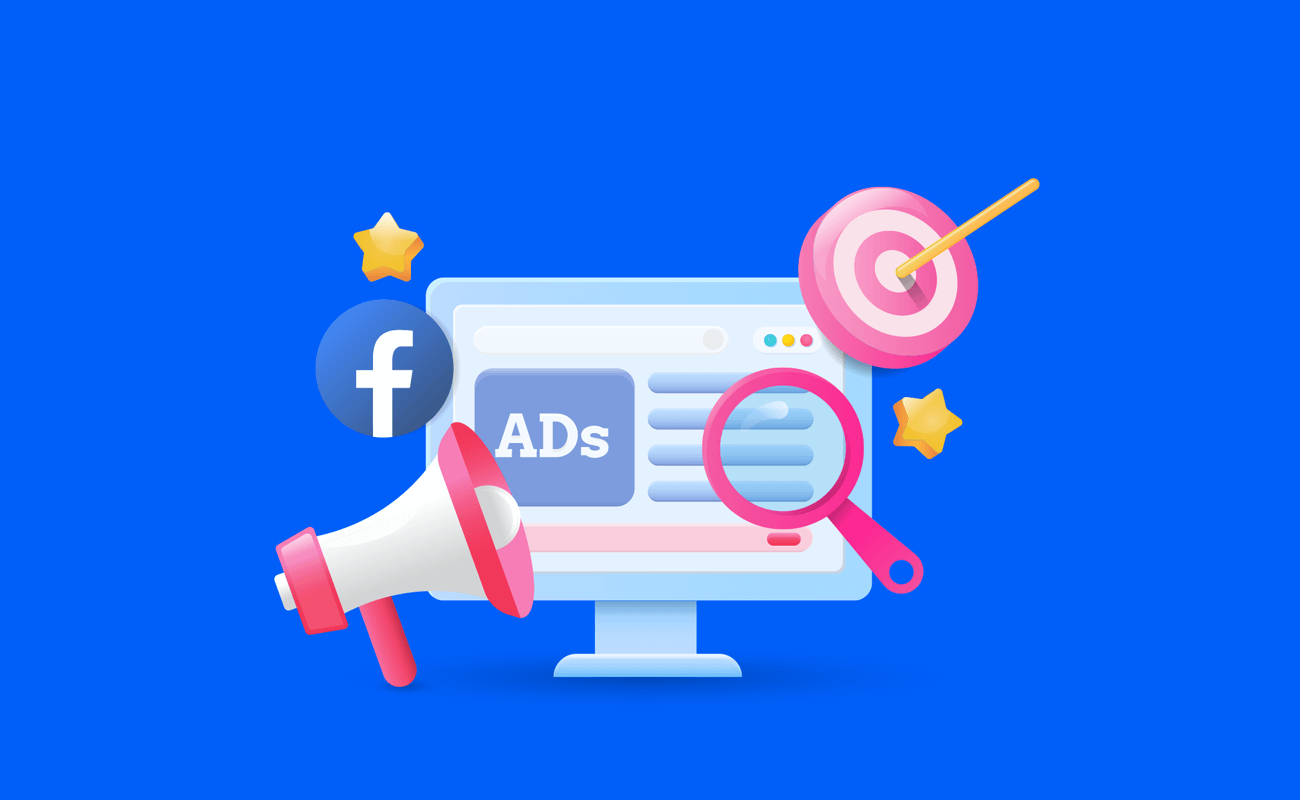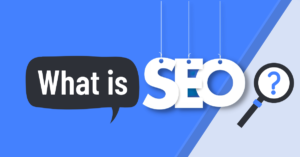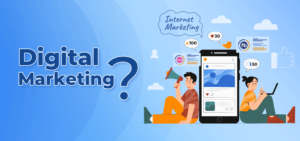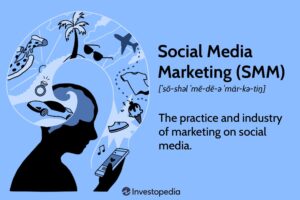Facebook Ads are paid advertisements that businesses and individuals create on Facebook to promote products, services, events, or content to a targeted audience. Facebook offers a range of advertising formats and targeting options, making it a powerful platform for reaching specific groups of users based on demographics, interests, behaviors, and more.
Key Components of Facebook Ads:
- Ad Formats:
Facebook provides a variety of ad formats to suit different marketing objectives:
- Image Ads: Single images with a headline, text, and call-to-action (CTA) button.
- Video Ads: Short video clips that engage users with visual storytelling.
- Carousel Ads: Multiple images or videos that users can scroll through, each with its own link.
- Slideshow Ads: Lightweight video ads made from a series of images.
- Collection Ads: Showcase a collection of products that users can browse through directly from the ad.
- Lead Ads: Forms integrated into the ad, allowing users to provide their information without leaving Facebook.
- Stories Ads: Full-screen vertical ads that appear between users’ stories on Facebook and Instagram.
- Targeting Options:
Facebook Ads offer precise targeting capabilities based on various factors, allowing advertisers to reach specific audiences:
- Demographics: Age, gender, location, language, education level, job title, etc.
- Interests: Hobbies, likes, activities, and behaviors based on pages and posts users engage with.
- Behavior: Purchase history, device usage, online activity, etc.
- Custom Audiences: Upload your own email lists or target people who have previously interacted with your business (website visitors, app users, etc.).
- Lookalike Audiences: Target people who are similar to your current customers or followers.
- Ad Placement:
Ads can appear across multiple locations within the Facebook ecosystem:
- Facebook News Feed
- Instagram Feed
- Facebook Stories
- Instagram Stories
- Facebook Marketplace
- Audience Network (third-party websites and apps)
- Messenger
- Bidding and Budgeting:
Advertisers set a budget for how much they want to spend on their ads:
- Daily Budget: Amount spent on the ad per day.
- Lifetime Budget: Total amount spent over the entire duration of the ad campaign.
- Bidding Strategy: Allows advertisers to choose how they pay for the ad, whether by clicks, impressions, or conversions.
- Ad Objectives:
Facebook Ads are designed around specific marketing goals or “campaign objectives.” These include:
- Awareness: Increase brand visibility and reach (e.g., Brand Awareness, Reach).
- Consideration: Encourage users to engage with content, visit a website, or watch a video (e.g., Traffic, Engagement, Video Views, Lead Generation).
- Conversions: Drive actions like making a purchase, signing up, or downloading an app (e.g., Conversions, Catalog Sales).
- Analytics and Reporting:
Facebook provides detailed insights on how well ads perform through its Ads Manager tool. Advertisers can track metrics like:
- Impressions: How many times the ad was shown.
- Clicks: How many times users clicked on the ad.
- CTR (Click-Through Rate): The percentage of people who clicked on the ad after seeing it.
- Conversions: Actions taken by users after interacting with the ad (purchases, sign-ups, downloads).
- Cost per Result: The average cost for each outcome, like a click or conversion.
Benefits of Facebook Ads:
- Precise Targeting:
- Facebook’s advanced targeting options allow businesses to reach the exact audience they want, ensuring the ad is seen by users who are most likely to be interested.
- Cost-Effective:
- Facebook Ads can work with almost any budget, and you can control how much you spend by setting daily or lifetime budgets.
- Widespread Reach:
- With over 2.8 billion active users on Facebook and Instagram combined, advertisers can access a vast and diverse audience.
- Real-Time Performance Tracking:
- Ads Manager provides live reports, allowing advertisers to track performance and adjust campaigns as needed.
- Variety of Ad Formats:
- From images to videos and carousel ads, there are many ways to showcase your products or services in a visually engaging way.
- Cross-Platform Reach:
- Facebook Ads extend across Facebook, Instagram, Messenger, and third-party apps/sites, increasing the chances of reaching potential customers.
Example of a Facebook Ad Campaign Flow:
- Define Objective: Choose your campaign goal, such as increasing website traffic or generating leads.
- Target Audience: Select your audience based on demographics, interests, and behavior.
- Choose Placement: Decide where your ad will appear (Facebook, Instagram, or both).
- Set Budget: Determine how much you want to spend per day or for the campaign duration.
- Design Ad: Create visually appealing ads using images, videos, or carousels, and include a compelling headline and CTA.
- Launch and Monitor: Run the campaign, and use Ads Manager to track performance and make adjustments as necessary.
Conclusion:
Facebook Ads are an essential tool for businesses looking to reach a large, specific audience with targeted messages. Whether the goal is to raise brand awareness, drive website traffic, or boost sales, Facebook Ads offer customizable options that can fit any marketing strategy.



